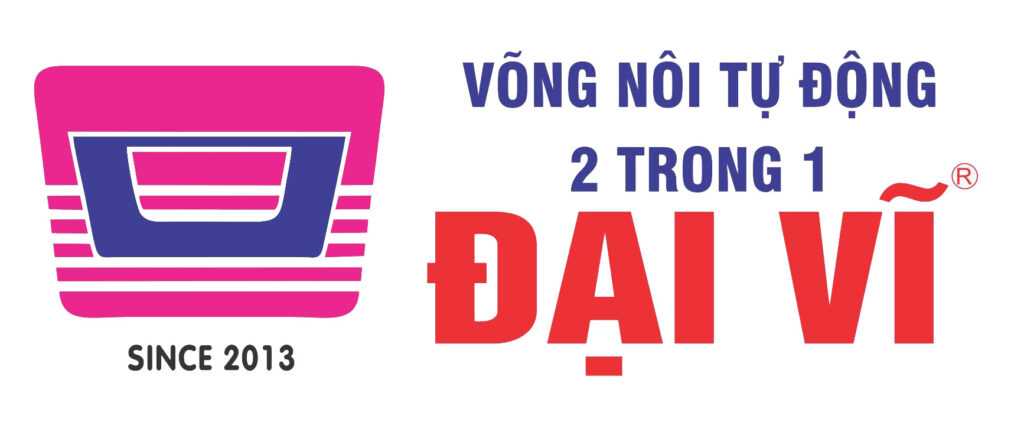Bookkeeping
Common Size Income Statement Definition and Example
A common-size statement expresses the amounts in relative terms, as percentages of sales or revenue that appear on the top line of an income statement. A common size financial statement is a specific type of statement that outlines and presents items as a percentage of a common base figure. The process of creating a common size financial statement is often referred to as a vertical analysis or a common-size analysis. However, financial statements may not provide all the information an investor or company leader needs.
Income Statement Common Size Analysis
The main difference is that a common size balance sheet lists line items as a percentage of total assets, liability, and equity, which is different from the normal numerical value. One version of the common size cash flow statement expresses all line items as a percentage of total cash flow. Common size financial statements make it easier to determine what drives a company’s profits and to compare the company to similar businesses. Common size financial statements reduce all figures to a comparable figure, such as a percentage of sales or assets. Each financial statement uses a slightly different convention in standardizing figures.
This would come at the expense of good profit margins but would increase revenues. It can also highlight the expense items that provide a company a competitive advantage over another. For example, a company might choose to gain more market share by sacrificing operating margins. Horizontal analysis relates to specific line items and then compares them to a similar item that was included in the previous financial period.
- It will also include total financing cash flows and total investing cash flows for both of those activities.
- This type of financial statement allows for easy analysis between companies, or between periods, for the same company.
- Common size analysis, also referred to as vertical analysis, is a tool that financial managers use to analyze financial statements.
It starts with total sales or total revenue, also known as the top line of the income statement. All subsequent amounts, such as expenses and profit, are expressed as lesser percentages because their dollar amounts are less than revenue. In rare cases, however, when expenses exceed revenue, the percentage would top 100%. The common-size balance sheet functions much like the common-size income statement. Each line item on the balance sheet is restated as a percentage of total assets.
Pros and Cons of Common-Size Income Statements
The term “common size” is most often used when analyzing elements of the income statement, but the balance sheet and the cash flow statement can also be expressed as a common size statement. By analyzing how a company’s financial results have changed over time, common size financial statements help investors spot trends that a standard financial statement may not uncover. The common size percentages help to highlight any consistency in the numbers over time–whether those trends are positive or negative. Generally accepted accounting principles (GAAP) are based on consistency and comparability of financial statements. A common size income statement makes it easier to see what’s driving a company’s profits. The common size percentages also help to show how each line item or component affects the financial position of the company.
Such a strategy may allow the company to grow faster than comparable companies. The ratios tell investors and finance managers how the company is doing in terms of revenues, and can be used to make predictions of future revenues and expenses. Companies can also use this tool to analyze competitors to know the proportion of revenues that goes to advertising, research and development, and other essential expenses. Similarly, if net income—what’s left after all expenses are subtracted from revenue—were $2 million, it would be 20% on the common-size statement. You can use a common size statement to examine how each component of your income statement contributes to or reduces profitability.
After some calculations, you determine the revenue for the company to be $100,000. 401 angel number A company’s cash flow statement breaks down all of the uses and sources of its cash. For example, it could be cash flows from financing, cash flows from operations, and cash flows from investing. Also known as the profit and loss statement, the income statement is an overview. It includes business net income, sales, and expenses over a reporting period.
How the Common Size Income Statement Is Used
While they don’t tell you the whole story at a glance, they do a very good job in identifying areas of potential interest for further investigation. On the debt and equity side of the balance sheet, however, there were a few percentage changes worth noting. In the prior year, the balance sheet reflected 55 percent debt and 45 percent equity. In the current year, that balance shifted to 60 percent debt and 40 percent equity. The firm did issue additional stock and showed an increase in retained earnings, both totaling a $10,000 increase in equity.
It evaluates financial statements by expressing each line item as a percentage of a base amount for that period. The business english materials analysis helps to understand the impact of each item in the financial statements and its contribution to the resulting figure. While XYZ may take satisfaction from this vertical analysis and favorable comparison, ABC decides to review its income statements for the past three years through horizontal analysis.
Common Size Balance Sheet Statement
To find net income using the income statement equation, you simply minus sales from expenses. For example, you could determine the proportion of inventory using the balance sheet by using total assets as your base item. Before breaking down the different types of common size analysis, it’s worth understanding that it can be conducted in two ways.
It outlines and reports everything from liabilities, assets, and owner equity as a percentage of the sales or assets. Creating this type of financial statement makes for easier analysis between companies. A financial statement or balance sheet that expresses itself as a percentage of the basic number of sales or assets is considered to be of a common size.
They can also look at the percentage for each expense over time to see if they are spending more or less on certain areas of the business, such as research and development. On the balance sheet, analysts commonly look to see the percentage of debt and equity to determine capital structure. They can also quickly see the percentage of current versus noncurrent assets and liabilities.
It looks across the rows of its income statement, from Year 1 to Year 3, its most recent year reported above. Recall that a key benefit of common-size analysis is comparing the firm’s performance to the industry. Expressing the figures on the income statement and balance sheet as percentages rather than raw dollar figures allows for comparison to other companies regardless of size differences. For investors, analyzing a common-size income statement allows them to identify significant changes or trends in a company’s income and other financials. These statements can provide helpful tools to determine if a company is trending in the right direction and for comparing businesses of different sizes.
With this in mind, read on as we take a look at exactly what a common size financial statement is. As well as lay out the formula for you, describe the different types, and show you the limitations of common size analysis. In the case of XYZ, Inc., operating profit has dropped from 17% in Year 1 to 7.6% in Year 2. The cost of goods sold dropped, while both selling and administrative expenses and depreciation rose.
Analysis of Expenses for Company XYZ
The firm may have bought new fixed assets and/or sales commissions may have increased due to hiring new sales personnel. It precisely matches the common-size analysis from an income statement perspective. A net profit margin is simply net income divided by sales, which is also a common-size analysis. Imagine a company examining its second-quarter income statements for the past four years. Looking across from left to right, managers see, for example, that COGS has been climbing—from 30% of revenue to 50% in the most recent second quarter.




